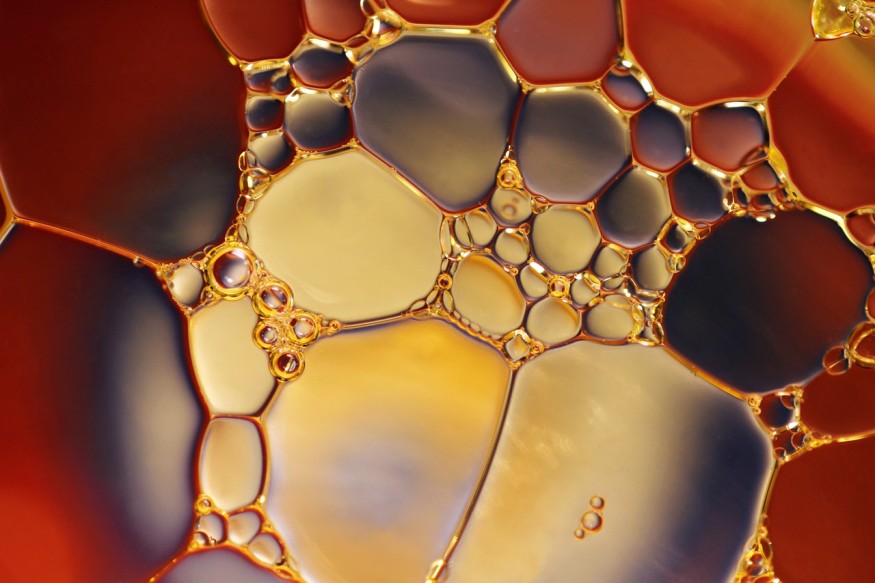Life began on Earth millions of years ago, however, the first Earth-dwellers weren't human nor dinosaur. In fact, they were amoebic things swarming in the primordial swamp of a juvenile Earth. Eons after, multicellular life forms began to come into being.
Humans are comprised of roughly 30 trillion cells. But the question remains, how did microbes evolve from enigmatic blobs to single-celled organisms that make up so much of complex life forms like us?
AHA's the Base of Microbe Evolution

A study published in the journal Biomacromolecules, entitled "Incorporation of Basic α-Hydroxy Acid Residues into Primitive Polyester Microdroplets for RNA Segregation" suggests that alpha-hydroxy acids or better-known as AHAs that are common ingredients for high-end anti-aging skincare could be the base of microbes evolution to multicellular organisms.
Tony Z Jia, co-author and a researcher from the Tokyo Institute of Technology tells SYFY WIRE that polyesters from hydroxy acids could have formed into labile polymers easily via simpler conditions on a drying early Earth before the advent of peptides.
AHAs have the ability to spontaneously link together. Chemical bonds between OH-groups (hydroxyl) and COOH-groups (carboxyl) called ester bonds to react and cause both groups to link together and begin a process called dehydration synthesis.
To understand the circumstances and conditions on a juvenile Earth that could simulate the reaction, researchers used heat to forcibly dehydrate AHAs and push the formation of ester bonds to be formed.
The Role of Peptides and AHAs in the Evolution of Single-Celled Organisms
Chains of amino acids are known as peptide molecules. These are also common ingredients in skincare products but aren't so easy to come by since it requires more energy to assimilate solid bonds. Adding these to AHAs and you have a prebiotic mix.
Kuhan Chandru, co-author of the study explains that the prebiotic mix is where life on Earth begun and is filled with various organic compounds consisting mainly of non-biological compounds and biomolecules such as amino acids. He adds that ester bonds formed can potentially pave the way to building higher-order structures that could have contributed to the origins of multi-cellular organisms.
The reaction of dehydrated hydroxy acids is theorized to be a primitive backbone for the evolution of microbes into multicellular life on the planet. AHA monomers were dried and rehydrated during the early ages of Earth.
When water was added to the dehydrated AHA monomers it triggered a phase separation and bonded into polymers known as polyesters forming droplet-like structures without a membrane.
Researchers believed that the droplet's structure could have been the predecessors of actual cells which would then become necessary for the separation of chemical reactions, or allowing reactions to occur as needed. Some in the experiments exhibited the potential to hold RNA.
Jia explains that early conditions of the Earth contained significant amounts of degradative and chaotic conditions which were vital for primitive chemicals and cells. Adding that prebiotic chemicals could have developed evolutionary and survival traits before the formation of the first protocells on the planet.
Check out more news and information on Evolution on Science Times.










